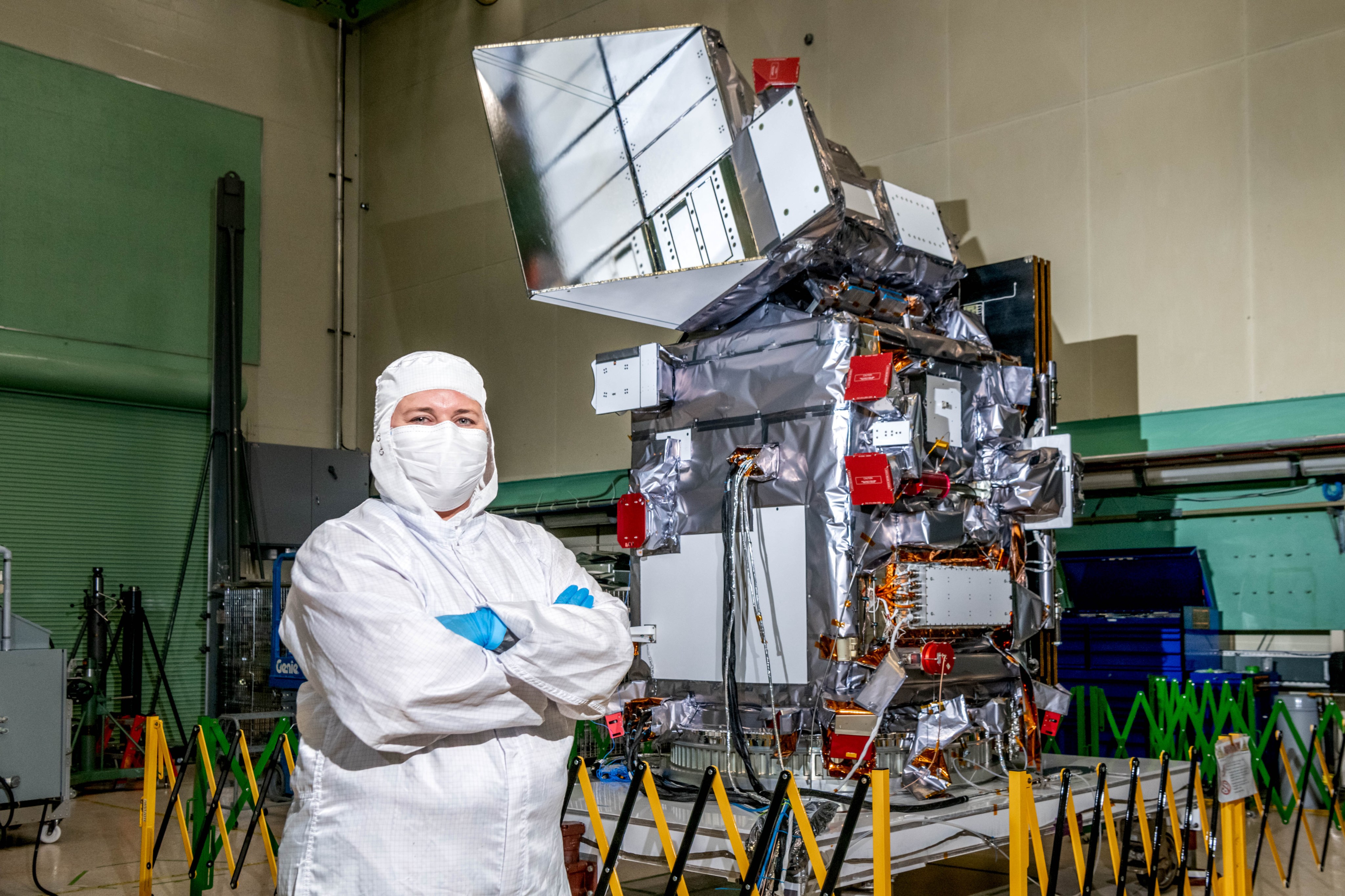3 min read
Julie Castillo |
Dr. Julie Castillo has no doubts about her favorite moon among the dozens orbiting Saturn.
"I love Iapetus, the most beautiful and mysterious moon of Saturn," she says as her big brown eyes light up. "J'aime Iapetus."
Born and raised in Nantes, France, Castillo fell in love with other worlds at a young age, an interest sparked by a book by Carl Sagan and an image of Neptune taken by JPL's Voyager 2. She now studies the Saturnian system at NASA's Jet Propulsion Laboratory.
"When I was 10 years old, for Christmas my parents gave me a copy of Sagan's Cosmos," she says. "Ever since then, all I wanted to do was study the planets."
A color image of Neptune she saw in a magazine reinforced her interest or strengthened her interest even further.
Neptune |
"Neptune was incredible, so blue with white clouds. It was the most beautiful picture; I couldn't stop looking at it."
With her love for space exploration ripened, Castillo borrowed her mom's art tools and started to paint planets. Ultimately, she wanted to know what makes a planet tick.
"I always liked rocks, fossils and minerals," she says. "I wanted to learn everything about planets and their interiors, how they formed and what they are made of."
In 1998 she earned a master's in geology from the University of Nantes, and in 2002 a Ph.D. in seismology from the University of Rennes, also in France.
While in college, she eagerly followed NASA's Galileo mission to Jupiter. What impressed her most were the images of icy moons the spacecraft sent home.
Dreaming of Iapetus |
"The images of Io and Europa were stunning, unbelievable," she recalls. "Icy moons are so different from others. Galileo's data brought new perspectives on ice moons, and I knew then that I wanted to learn all I could about how they evolved."
In 2002, she moved to California to work as a National Research Council associate, and three years later she accepted a post-doctorate position at Caltech, working on the Cassini mission at JPL.
In her spare time, Castillo likes to cook and volunteers with the Grove of Hope Foundation, an organization that promotes science and technology through educational resources and opportunities for young people in Africa and the United States.
"I like doing public outreach and encouraging young people to pursue a career in science," she says. "I think it is crucial that kids all over the world benefit from quality education."
Encountering Iapetus |
At JPL, Castillo has been focusing on her favorite moon, Iapetus. Analyzing information collected by Cassini, she is working on unveiling how old the mysterious moon is, the reason behind its slow rotation and the origin of the peculiar ridge that crosses it. The ridge is about 20 kilometers (12.4 miles) high and 150 kilometers (93 miles) wide.
"This ridge is the most amazing feature I have had a chance to work on so far," she says. "Iapetus is so grand to offer us so many puzzles to solve."







